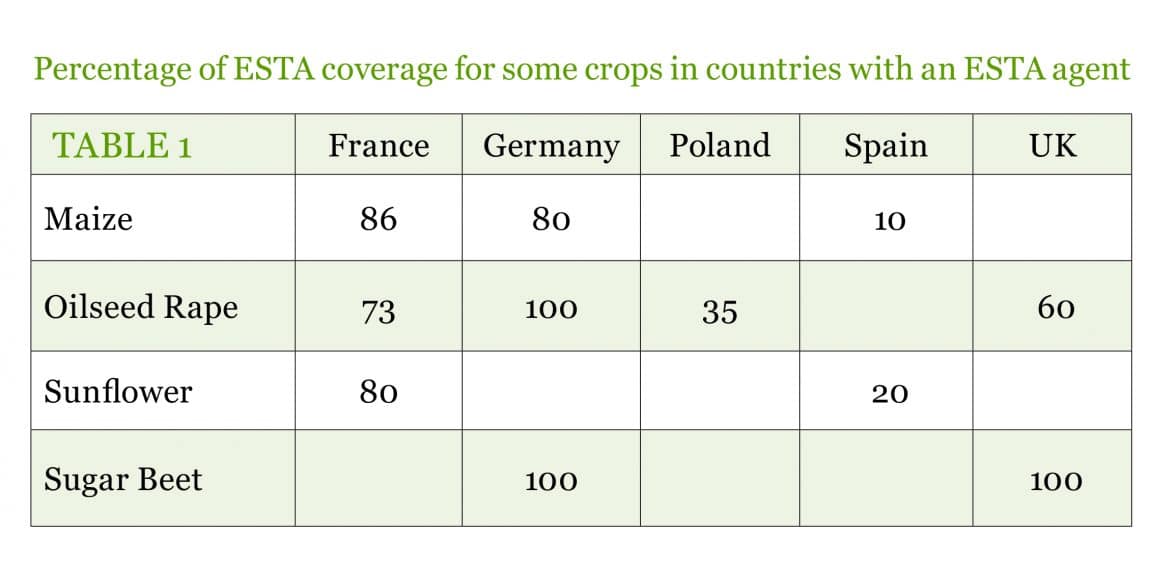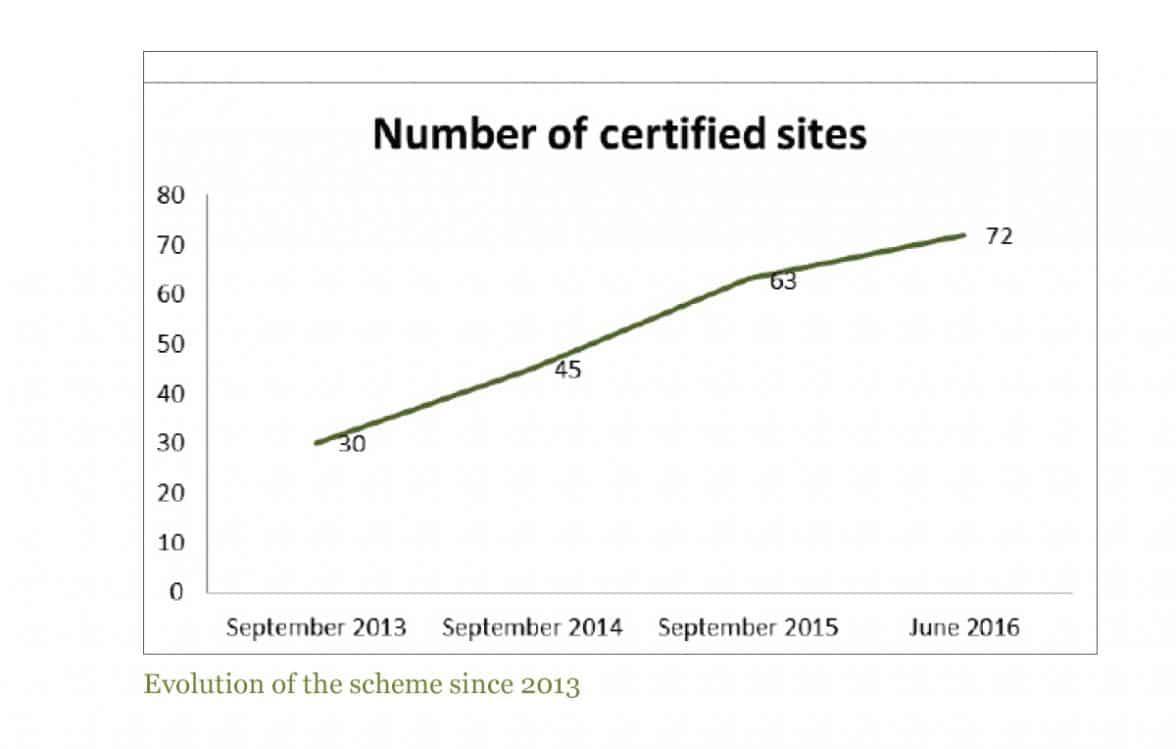How a committed seed industry implemented high-quality seed treatment standards.
Over the last few years, the political regulatory demands around seed treatment have changed. For example, within the Commission Directive 2010/21/EU, the application of insecticide seed treatments are required to ‘only be performed in professional seed treatment facilities’. The European Seed Association (ESA), taking a proactive approach, developed the European Seed Treatment Assurance (ESTA) standard to meet new regulatory and political challenges. The European seed and seed treatment sector is committed to delivering high-quality treated seed, safe for users and the environment, to farmers and growers.
ESTA was developed in collaboration with regulators and was designed in compatibility with the national quality assurance systems of France (Plan Qualité Poussière or PQP) and Germany (SeedGuard). The sites that are certified for the above-mentioned schemes are also considered ESTA certified.
ESTA is certifying the seed treatment process and the quality of treated seeds. Additionally, ESTA addresses waste management, workers’ safety and communication to growers, etc., on how to best use the treated seeds. The scheme is based on continual improvement. Such improvements are adapted annually within ESTA. In this way, the processes and standards are continually improved and the new legal requirements are included in the scheme. Competent certifying bodies audit the scheme and certify the compliance of the treatment sites to the standard.
ESTA was launched in spring 2013. Within the first year, there were about 30 ESTA-certified sites in seven Member States. Three years later, in spring 2016, there are more than 70 ESTA-certified sites in 14 countries. Over this time, ESTA was extended outside the borders of the EU, into Ukraine and Turkey. The extension of ESTA outside EU borders illustrates the clear commitment of the seed industry to implement its high-quality standards and procedures not only in the EU itself but beyond.
Currently, ESTA is being operated mostly by agents. The agents have the required infrastructure, knowledge and competence, and cooperate with ESA in the implementation of the ESTA scheme. In spring 2013, the UK’s Agricultural Industries Confederation, France’s Union Française des Semenciers and Germany’s SeedGuard, were ESTA agents. Today, there are three additional agents, which cover southern and central Europe, strengthening the promotion of the scheme in those areas, including Spain’s National Association of Seed Breeders, ANOVE; Italy’s Association of Italian Seed Companies, Assosementi; and the Polish Seed Trade Association (PIN). Maize, oilseed rape, sunflower, sugar beet, cereals, vegetables and protein crops are covered by ESTA-certified sites.
Per cent coverage of ESTA certification differs by crop and country. For some crops, coverage is very high, up to 100 per cent, but for others it is still low. ESA acknowledges the importance of delivering high-quality treated seeds in the market and works intensively for the promotion of the scheme in all EU Member States and for all crops. The intention of ESA is, in the future, all treated seeds will come from an ESTA-certified site and, consequently, will have reached the high quality certified by the scheme.















